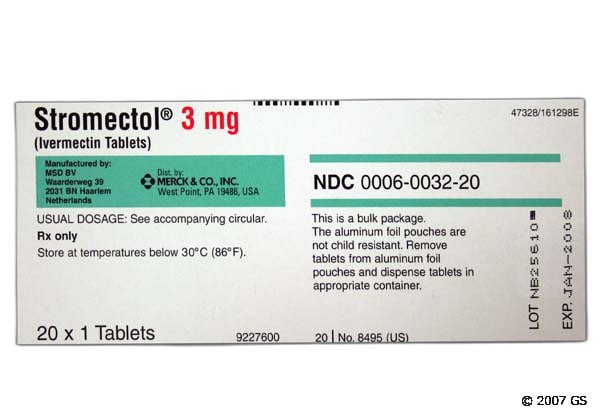Experiencing unusually forceful showers or hearing unsettling banging sounds from your pipes? These could be signs of excessive water pressure in your home’s plumbing. While robust water flow might initially seem like a positive, it poses significant problems that can lead to costly repairs.
High water pressure exerts undue stress on your entire plumbing system. Pipe vibration, a common consequence, can weaken joints and connections over time. Furthermore, elevated pressure increases leak risk at faucets, toilets, and appliances like washing machines and dishwashers. Addressing this issue is critical not only for preventing damage but also for ensuring your system meets local code standards.
This article explores the causes of high water pressure, the potential damage it can inflict, and straightforward steps you can take to diagnose and correct the problem, safeguarding your home’s plumbing and your peace of mind. Let’s get started.
Identifying the Signs of Excessive Water Pressure
Understanding the signs of excessive water pressure can help homeowners take proactive measures. One of the most common indicators is pipe vibration. If you hear unusual noises or vibrations when water is running, it may signal an issue with pressure levels.
Another way to assess water pressure is through a gauge reading. Using a pressure gauge attached to an outdoor spigot can provide a clear measurement. Ideally, the pressure should fall between 40 and 60 psi. Readings above this range indicate the need for intervention.
A valve test can also be useful. Testing different fixtures while observing their performance can reveal inconsistencies. If some faucets struggle while others deliver strong flows, the pressure might be too high.
Additionally, high water pressure increases the leak risk throughout plumbing systems. Be alert for signs of water damage or unexpected increases in utility bills. These can be early warnings of plumbing strain due to elevated pressure.
Over time, excessive pressure can lead to appliance damage, affecting dishwashers, washing machines, and water heaters. These appliances aren’t designed to handle constant high pressure, and repairs might become costly.
If you suspect any of these signs, consider a prv adjustment or consult a professional. Solutions can often be found at https://onetouchplumbing.org/, ensuring your systems run smoothly and safely.
Common Causes of High Water Pressure in Residential Plumbing
Several factors can contribute to excessive water pressure within a home. One significant cause is the diameter of the pipes; larger pipes enable water to flow more freely, potentially leading to increased pressure. Additionally, pipe vibration can occur when water flows too rapidly, creating a rattling sound and indicating high pressure.
Another common issue arises from the municipal water supply. When local water authorities increase the pressure to meet demand, residential systems can experience a surge. Homes built without compliance to current code standards may lack the necessary pressure regulation devices, resulting in unregulated water flow.
Pressure-reducing valves, if not installed or functioning correctly, may fail to regulate incoming pressure. Regularly conducting a valve test can help homeowners determine if their system requires adjustments. Lastly, malfunctions or leaks in fixtures like showerheads can create a „shower blast,” exacerbating the sensations associated with high water pressure.
Step-by-Step Guide to Reducing Water Pressure in Your Home
If your home’s water pressure is too high, it’s crucial to address the issue to avoid potential damages and safety concerns. Here’s a step-by-step guide to help you reduce the water pressure in your home:
1. Measure the Water Pressure: Use a water pressure gauge to take a reading at a faucet or hose bib. Ideally, the pressure should be between 40-60 PSI. If it exceeds 80 PSI, it’s considered too high.
2. Identify and Replace the Pressure Regulator: If your home has a pressure regulator, it may be malfunctioning or set too high. Locate the regulator, usually near the main water shut-off valve, and adjust or replace it to lower the pressure.
3. Inspect for Leaks: High water pressure can lead to pipe vibration and leaks, increasing the risk of water damage. Thoroughly inspect your plumbing system for any signs of leaks and address them promptly.
4. Install a Pressure-Reducing Valve: If your home doesn’t have a pressure regulator, consider installing a pressure-reducing valve at the main water supply line. This will help lower the pressure throughout your home.
5. Adjust Individual Faucets and Fixtures: For isolated high-pressure issues, you can try adjusting the individual shut-off valves at each faucet or fixture. This can help reduce the pressure at specific problem areas, such as a „shower blast” or excessive water flow.
6. Consider Installing a Whole-House Water Softener: In some cases, high water pressure can be caused by mineral buildup in the plumbing system. Installing a whole-house water softener can help reduce the pressure and protect your appliances from damage.
By following these steps, you can effectively reduce your home’s water pressure and prevent potential issues like appliance damage, pipe vibration, and leak risk. Remember to regularly monitor the pressure and make adjustments as needed to maintain optimal water pressure in your home.


